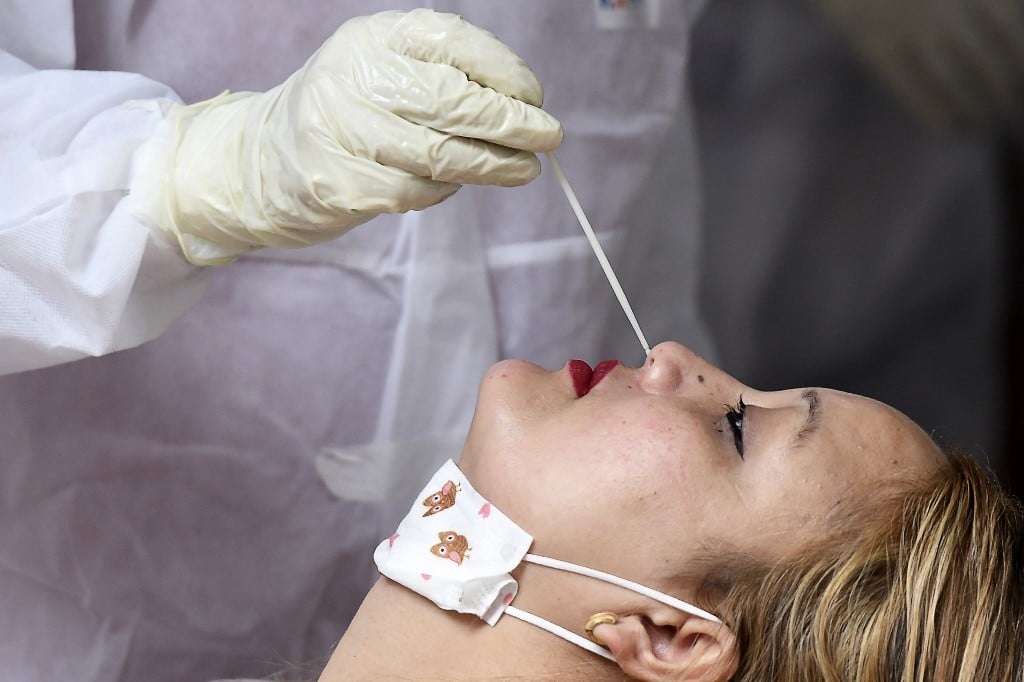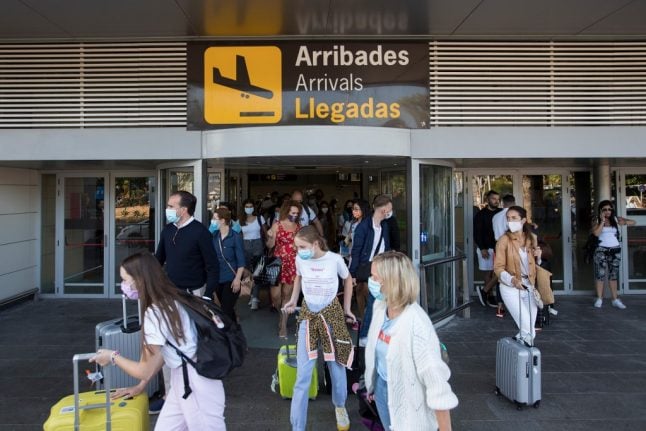Four measures have been introduced once you arrive at the airport, which include wearing a mask, filling out a health document, temperature checks and visual checks.
Spain has been open for tourism since the state of alarm ended on June 21st and has introduced several measures to help combat the spread of Covid-19 and keep travellers and its citizens safe.
Face masks
Masks are mandatory in all Spanish airports, both in outdoor and indoor spaces. You should already be wearing one from the plane, but you might want to change it for a fresh one to wear in the airport upon arrival.
It’s worth noting that most regions across Spain have now made masks mandatory in both indoor and outdoor public spaces, so it is advisable to bring several with you. Surgical masks are available at most pharmacies and washable cloth masks are available and many shops.
Passenger Location Card
Travellers are also required to fill out a Passenger Location Card or FCS form. The questions you’ll have to answer include where you’re staying, your recent travel history and if you’ve have or have had Covid-19 related symptoms. This will help the government with their track and trace efforts.
The FCS form must be completed on line before you arrive and can be accessed here. There is also an app where this information can be filled in.
It is mandatory to both fill out and sign the FCS form before you arrive, regardless of your nationality, age or any other consideration and must be completed by each passenger in the family or group, if travelling together.
If the passenger is a minor or a dependent/disabled person, the form can be filled in by a guardian, who will again be responsible for the veracity of the information provided.
Once the form is completed, the passenger will receive QR code, which must be presented upon arrival in Spain. You can also receive this QR code via the app mentioned above.
Temperature checks
All Spanish airports have introduced thermal imaging cameras, which will check tourists upon arrival, and some airports also have non-contact thermometers to measure tourists’ temperatures.
If your temperature is higher than 37.5 degrees Celsius, it could be a Covid-19 related symptom and you may be asked to get a test, see a doctor or quarantine.
Visual checks
In addition to temperature checks, each passenger will be checked visually for any apparent physical symptom of Covid-19, which may include a dry cough or difficulty breathing.
An extra 600 airport staff have been hired to perform these checks, 150 of whom are doctors and nurses who have been trained to spot the symptoms.
 AFP
AFP
PCR tests
PCR tests are not currently in use at Spanish airports, but are being considered.
PCR tests are used to directly detect the presence of an antigen and can tell if someone is currently infected with Covid-19.
Madrid Barajas Airport has insisted to the health minister Salvador Illa that PCR tests need to be carried out.
Recently, 116 cases of the virus have already been imported from people arriving at the airport and continue to grow.
Passengers arriving at Barajas may be forced to take a test if airport chiefs get their way.



 Please whitelist us to continue reading.
Please whitelist us to continue reading.
Member comments